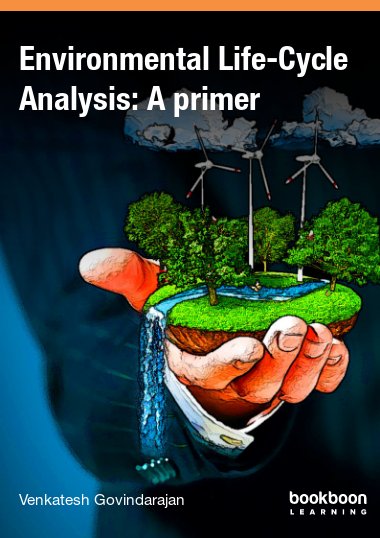This little book is a primer. The target readership here is not necessarily only for engineers, but also for those studying to be lawyers, political scientists, administrators, business managers, etc. Lucid language, analogies and cartoons help to impress upon readers that environmental-LCA is not rocket-science.
The reader is taken through the steps to be assiduously followed while performing an E-LCA. You understand the importance of defining the goal and the scope of your analysis before starting, and realise that E-LCA is data-intensive. Also covered are topics like attributional/consequential LCA, rebound effect and problem shifting, and allocation of environmental impacts. Attempting the exercises which appear at the end of every chapter will enable the reader to gain in confidence. As Prof Arun Kansal says in the Foreword to the book, ‘It explains the basic philosophy of LCA and argues, by providing examples, in its favour as a standard method for environmental decision-making.’ Dr Geoffrey Guest, in his Afterword, refers to the book as a ‘unique, light-hearted though philosophically-deep introductory piece on E-LCA.’

